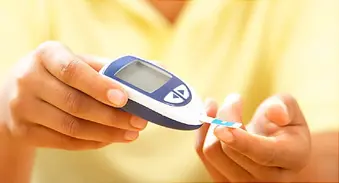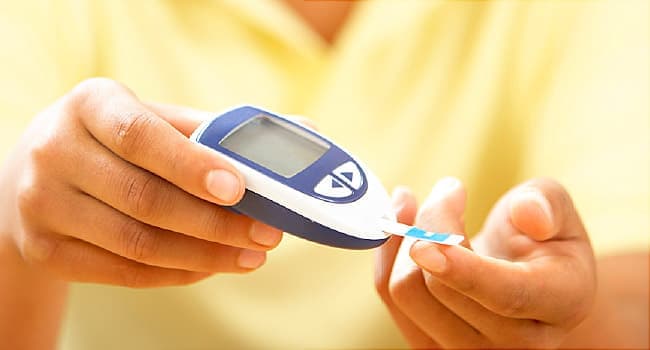Diabetes Quiz: Test Your Type 2 IQ


Question 1/10
A low-carb diet is the best diet for people with type 2 diabetes.
- True
- False
Question 2/10
If you have type 2 diabetes, you will always have to take medicine.
- True
- False
Question 3/10
Saltines are a better source of sugar than low-fat milk.
- True
- False
Question 4/10
Even if you take care of yourself, you may still have to take insulin.
- True
- False
Question 5/10
Your fingertip is the only place you can check your blood sugar.
- True
- False
Question 6/10
If you are overweight, losing how much weight helps your diabetes?
- At least 5% to 10% of your body weight
- At least 20% of your body weight
- All the extra weight
Question 7/10
A 30-minute walk three times a week is enough exercise.
- True
- False
Question 8/10
What should your target A1C should be?
- Above 20%
- Below 15%
- Below 7%
Question 9/10
Mouth problems can make diabetes worse.
- True
- False
Question 10/10
Which is not a symptom of low blood sugar?
- Shakiness
- Sudden mood changes
- Tingling mouth
- Back pain
